Had a very small garden this year, mostly in containers. The tomatoes and cucumbers did okay in the “Earth Box” made from a Rubbermaid Roughneck 18 gallon container, and the potatoes were an interesting experiment.
I had taken a 50 gallon plastic water drum and cut it into thirds, the intention being to fill each third as the plants grew with compost and grass clippings, doing the same with the potatoes on the ground. The potatoes in the ground died back in early September, while the potatoes in the barrel continued until the frost.
With a warm early November weekend and a few moments to spare, I was able to go and harvest the potatoes. From each “plot” of five plants, here are the findings:
- The ones in the ground took about twenty minutes to harvest an yielded 2.71 lbs. with many immature potatoes.
- Many roots from the invading blackberry plants made difficult digging.
- Easy to damage the potatoes with the pitchfork
- The barrel potato planter took five minutes to harvest and yielded 3.56 lbs. with mostly full size potatoes.
- No invading roots
- easy to harvest
- most potatoes full size
The barrel was at a little over 1/3 filled with compost/grass clippings which makes me think adding more compost and less grass clippings I may be able to create three potato “rings” by laying down several layers of newspaper for the bottom layer, putting the potato seeds on the newspaper then covering with good garden soil, adding materials as they grow to the top, then topping off with grass clippings.
Sadly this is all I was able to do this year, but a couple of more warm days may allow me to set up the beds for next year with some well rotted manure and a good layer of grass/leaf clippings from the last mowing of the year.





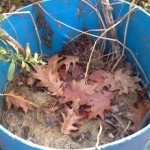
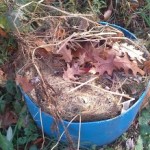


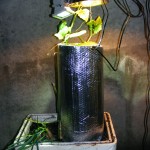 We’ve ignored the cucumber in the cellar for the last several weeks with the exception of watering them once. The L.E.D. lights are on for ten hours per day, and total 25 watts of power, or 1KW every four days, or about $0.30 of electricity per week. They are starting to set fruit, have climbed over their tube and are heading for the rafters. I’ve rerouted them up a stiff wire and a chain, and readjusted the lights and the reflective material to offer them more room, as shown in the pictures below. They should be ready to pick in about two weeks!
We’ve ignored the cucumber in the cellar for the last several weeks with the exception of watering them once. The L.E.D. lights are on for ten hours per day, and total 25 watts of power, or 1KW every four days, or about $0.30 of electricity per week. They are starting to set fruit, have climbed over their tube and are heading for the rafters. I’ve rerouted them up a stiff wire and a chain, and readjusted the lights and the reflective material to offer them more room, as shown in the pictures below. They should be ready to pick in about two weeks!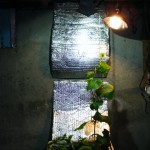
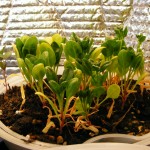






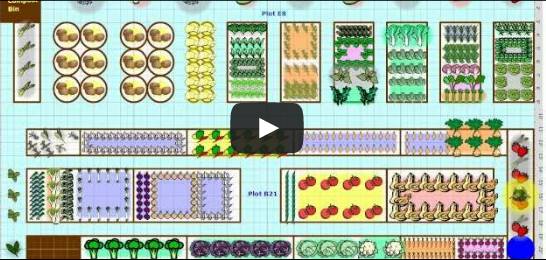
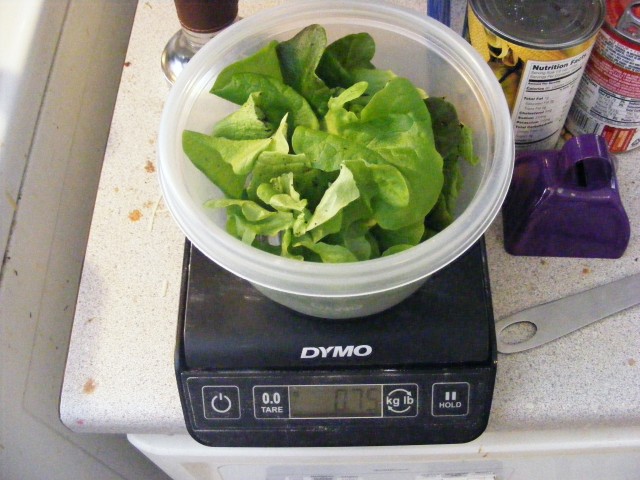
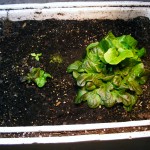
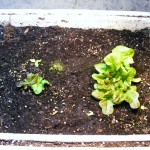


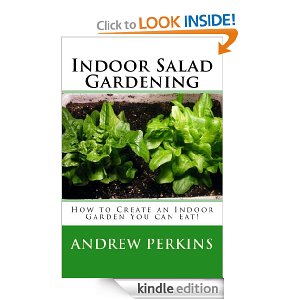
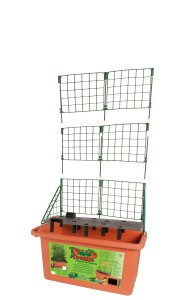
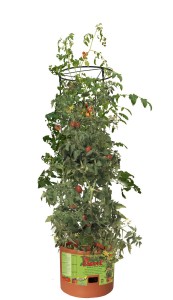




Recent Comments